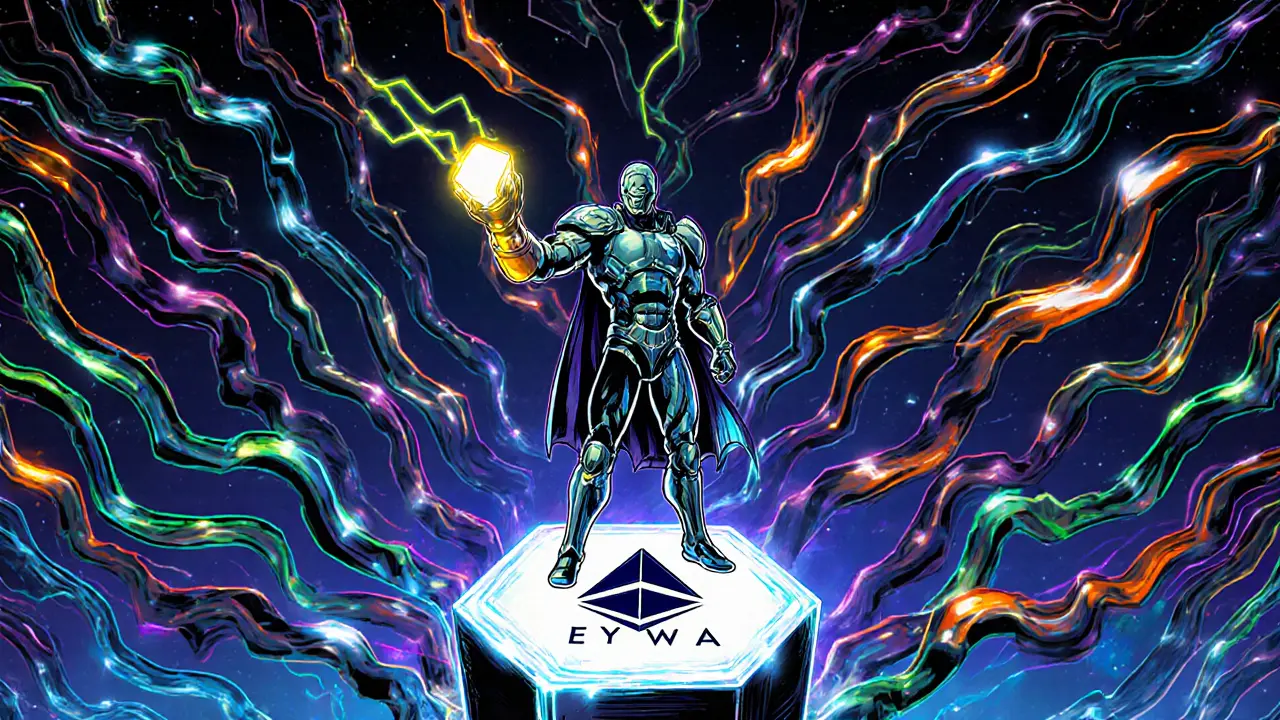EYWA (EYWA) Crypto Coin Explained: How the Cross‑Chain Interoperability Token Works
Discover what EYWA (EYWA) crypto coin is, how its cross‑chain bridge and Curve integration work, tokenomics, risks, and how to start using it.
Continue ReadingBeyond the technical foundation, bridges are the lifeline of modern DeFi liquidity, the pool of assets that fuels lending, trading, and yield farming across chains. Liquidity providers lock their tokens in a bridge to earn fees every time someone swaps across a network. This creates new arbitrage opportunities, lets users access higher yields on a chain that offers better rates, and powers cross‑chain composability where a single transaction can interact with protocols on multiple ledgers. For example, a trader might borrow USDC on Ethereum, bridge it to Polygon, and instantly provide it to a high‑yield farm—all in one click. Such workflows wouldn't exist without reliable bridges. However, they also amplify risk: if a bridge fails, the locked liquidity can become inaccessible, and the entire DeFi strategy collapses. That's why many platforms now require insurance or include fallback mechanisms that revert assets if the bridge reports an error. Understanding how bridges link liquidity, smart contracts, and security gives you a clearer picture of the whole ecosystem and helps you pick the right tools for your own cross‑chain projects. With these fundamentals covered, you’re ready to explore the specific articles below that dive deeper into token profiles, bridge comparisons, and the latest regulatory developments.

Discover what EYWA (EYWA) crypto coin is, how its cross‑chain bridge and Curve integration work, tokenomics, risks, and how to start using it.
Continue Reading